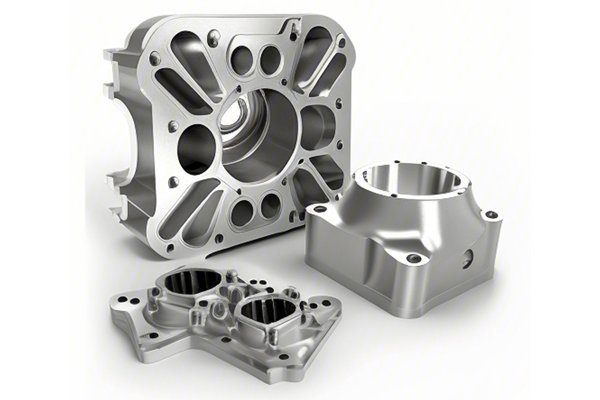Did you know that nearly 70% of all machining errors can be traced back to inaccuracies in drilled holes? Whether it’s a manufacturing defect or a miscalculation of the threading depth, the precision of threaded holes is crucial in establishing the overall quality and functionality of the components in any mechanical assembly. In the fast-paced world of CNC machining, where efficiency and accuracy are paramount, ensuring the correct fit for threaded holes is not just a minor detail—it’s a key factor that can make or break a project.
In this comprehensive blog post, we will explore various methods and techniques to ensure the accuracy and fit of threaded holes during CNC machining. By understanding the principles behind threading accuracy, utilizing advanced technology, and adhering to best industry practices, you can significantly improve your machining outcomes, reduce scrap rates, and enhance overall production efficiency.
Understanding Threaded Holes and Their Importance
Threaded holes are an essential feature in many components, providing a sturdy interface for screws, bolts, and other fasteners. The importance of ensuring these holes are accurately machined cannot be overstated. In engineering contexts, poorly machined threaded holes can lead to catastrophic failures, increased wear and tear, or even safety hazards, particularly in mission-critical applications such as aerospace or medical devices.
Threaded holes are defined by several parameters, including:
Understanding these parameters is crucial to achieving accurate fits and the desired performance characteristics of the assembled parts.
Errors in threaded holes can result from:
Key Techniques for Ensuring Accuracy in CNC Machining
Method 1: Proper Tool Selection
One of the first steps you should take in ensuring the accuracy of threaded holes is selecting the right tools. Different thread types and sizes may require specific taps or dies, and using the wrong tools can lead to inaccuracies.
Tip:
Maintain a tool inventory with various taps suitable for a range of applications to ensure you always have the right tool for the job.
Method 2: Precision Machining Setup
Ensuring your setup process is as precise as possible will facilitate accurate machining.
Method 3: Utilizing CAD/CAM Software
By using Computer-Aided Design (CAD) and Computer-Aided Manufacturing (CAM) software, you can create a precise model of the threaded holes required for your project. This simplifies the programming task and helps in generating toolpaths that minimize errors.
Tip:

Stay updated with software upgrades and training to leverage advanced features for better accuracy in threaded holes.
Method 4: Implementing Cutting Parameters
Proper cutting parameters—including feed rates, speeds, and depth of cuts—are critical to achieving accurate threaded holes.
Method 5: Threading Techniques and Tolerances
Utilizing effective threading techniques can dramatically improve the accuracy of the holes.
Method 6: Quality Inspection and Testing
With the advancement in technology, quality inspection methods have also evolved. By employing non-destructive testing, you can identify flaws in threaded holes without damaging the component.
Tip:
Regularly inspect sample pieces throughout the machining process to catch errors early.
Method 7: Training and Skill Development
Investing in training for your operators will pay dividends in machining accuracy.
Advanced Techniques for Enhanced Accuracy
Leveraging Advanced Technologies
As CNC technology continues to evolve, consider adopting the following innovative tools and practices:
Enhanced Material Selection
Choosing high-quality materials contributes significantly to the accuracy of threaded holes. Materials that resist deformation or warping during machining yield better results.
In summary, ensuring the accuracy and fit of threaded holes during CNC machining is a multifaceted approach that requires attention to detail, proper setup, and ongoing education. By implementing the techniques explored in this blog—from tool selection to advanced technology utilization—you can establish an effective process that reduces errors and enhances the quality of your machined components.
Why This Blog Matters
As industries demand higher precision and performance, the knowledge shared in this blog is essential for anyone involved in CNC machining. A more attentive approach to threaded holes can substantially improve your operations, reduce wastage, and ultimately lead to better profitability. Whether you’re a seasoned machinist or a company looking to optimize production, mastering the art of crafting accurate threaded holes is a significant stride toward establishing excellence in manufacturing.
By investing the time to understand these principles and incorporating them into your machining strategy, you can ensure your products meet the highest standards of quality and reliability.






